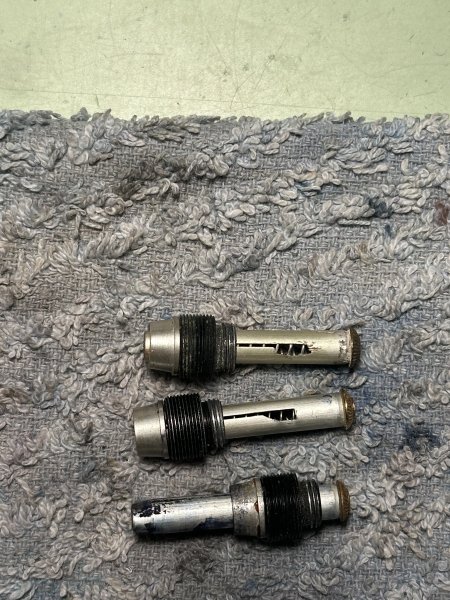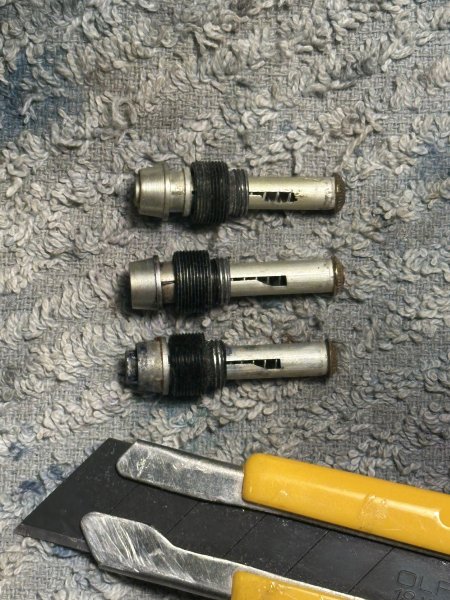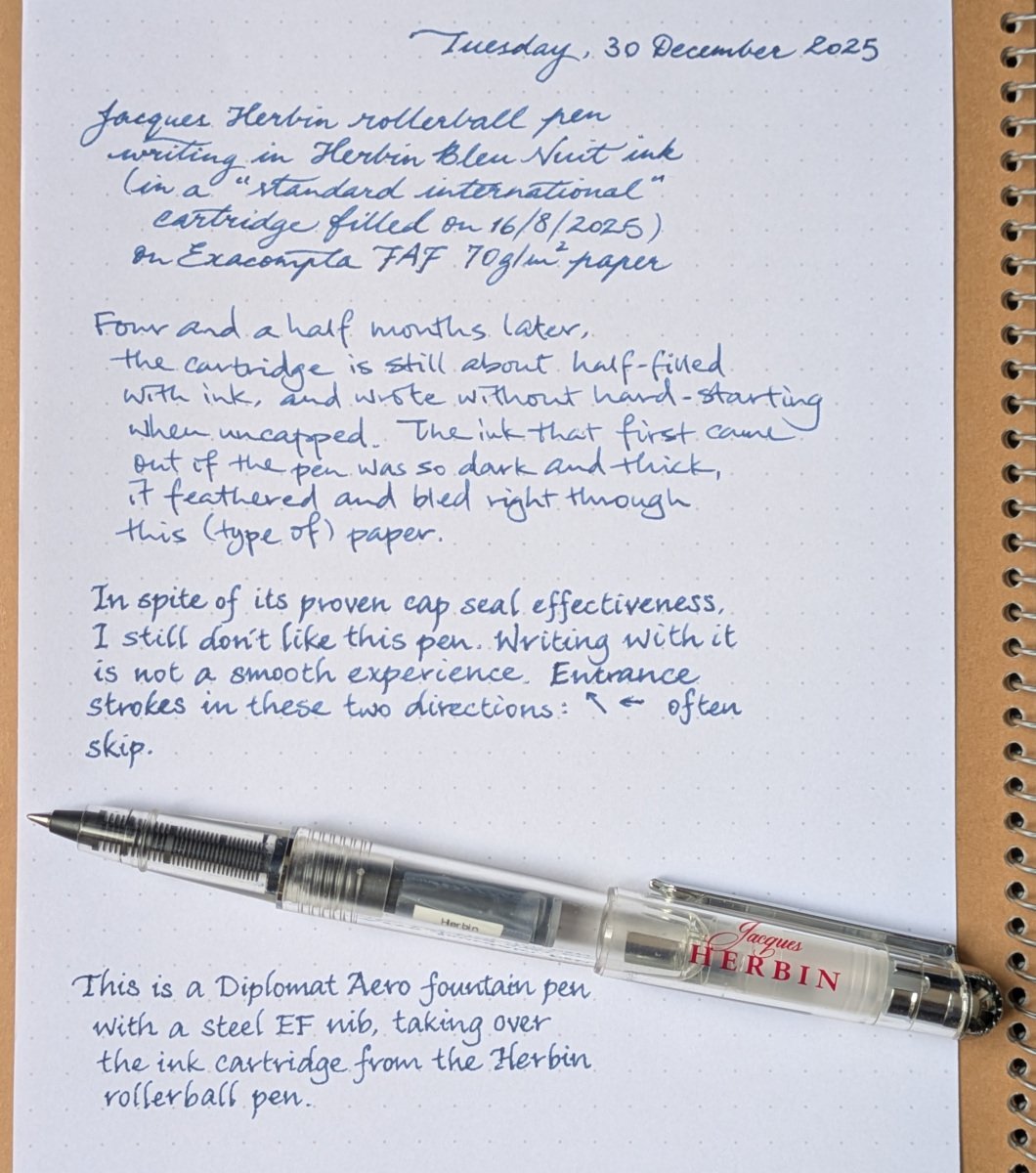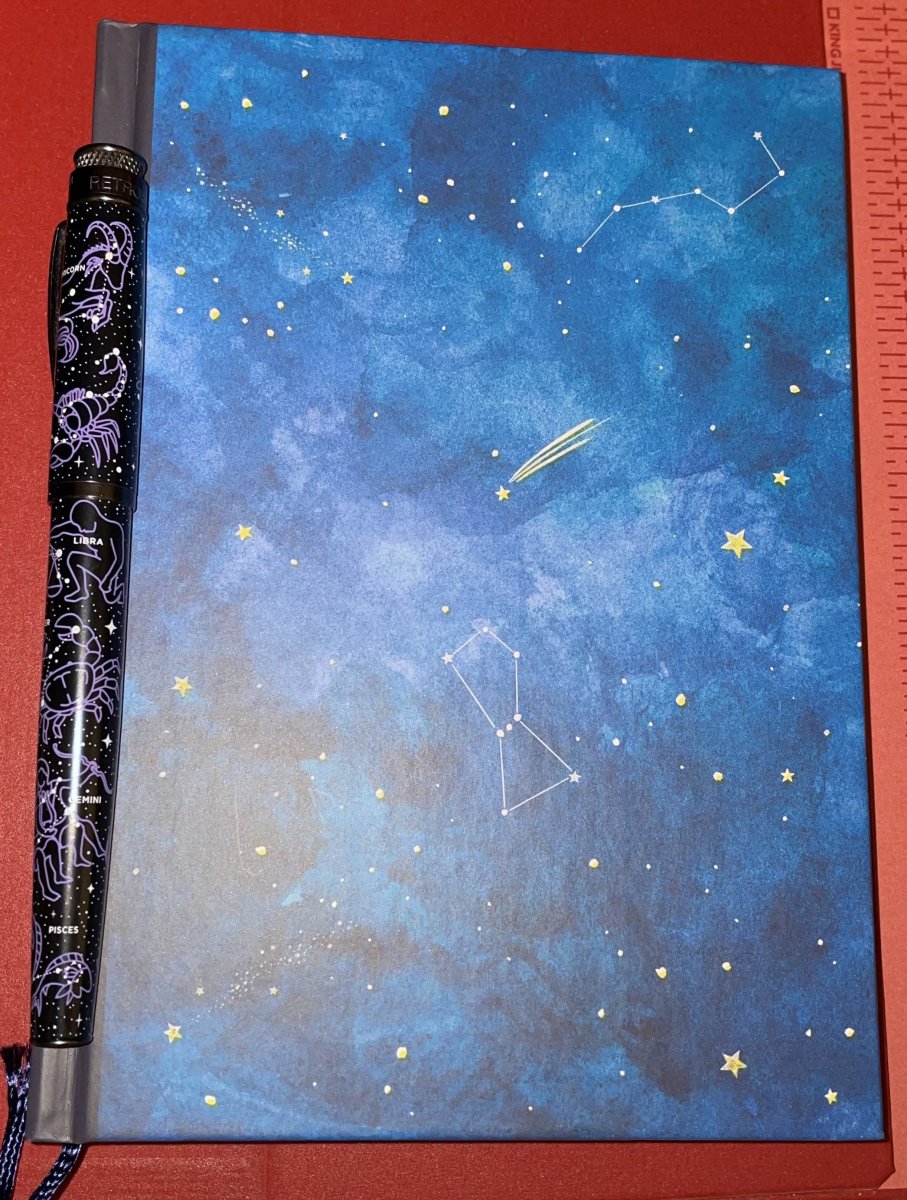Noodler´s Ahab - Ease My Flex Mod
-
Forum Statistics
357.5k
Total Topics4.7m
Total Posts -
Member Statistics
130,036
Total Members18,857
Most OnlineNewest Member
KJEdgar
Joined -
Images
-
Albums
-
Odds and ends
- By A Smug Dill,
- 34
- 86
-
Misfit’s 8th album
- By Misfit,
- 0
- 0
- 4
-
Andrew Lensky Arts II
- By Andrew_L,
- 0
- 0
- 3
-
32-bit Goodness
- By A Smug Dill,
- 19
-
Vac Lockdown Filler Repair from the parts bin
- By VacNut,
- 0
- 0
- 9
-


















.thumb.jpg.f07fa8de82f3c2bce9737ae64fbca314.jpg)









Recommended Posts
Create an account or sign in to comment
You need to be a member in order to leave a comment
Create an account
Sign up for a new account in our community. It's easy!
Register a new accountSign in
Already have an account? Sign in here.
Sign In Now